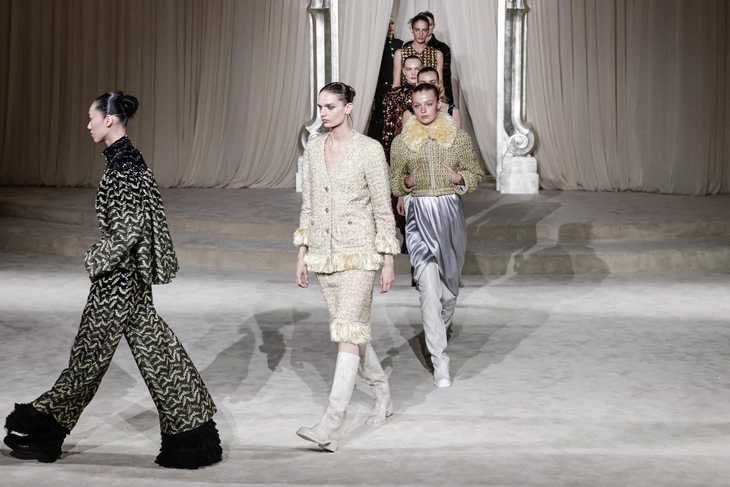
Models showcase Chanel designs in Paris (France) on July 8 this year - Photo: AFP
The four fashion capitals of New York, London, Milan and Paris are preparing to open the big show season from September 10, in the context of the $400 billion luxury industry struggling to overcome the most difficult period in many years.
Top brands are scrambling to improve sales after the post-COVID-19 shopping wave stalled two years ago.
Comprehensive crisis
After nearly a decade of average annual growth of 10%, the industry took a sharp downturn last year, leading to a series of changes at the leadership and creative levels.
"The luxury industry is facing turbulent times," said Jonathan Siboni, managing director of consultancy Luxurynsight.
The luxury industry lost up to 50 million customers last year as economic pressures and price fatigue reduced demand for designer clothes and handbags, according to consultancy Bain.
China's economy remains reeling from a property crisis, while US President Donald Trump's trade war is sapping consumer confidence in the US and threatening the profit margins of European luxury brands.
The downturn has spurred a wave of change across the industry, with new CEOs at companies like Kering (owner of Gucci) and Italian label Valentino, as well as a shake-up at the top of LVMH, the world’s largest luxury group. A new generation of designers is taking the helm at three of the world’s biggest brands: Chanel, Dior and Gucci.
This wave of change also affects smaller brands such as Celine, Loewe and Givenchy (part of LVMH), Bottega Veneta and Alexander McQueen (part of Kering), Versace (recently acquired by Prada), Dries Van Noten and Jean Paul Gaultier (part of Puig), and Maison Margiela (part of OTB).
Reconnection strategy
The pressure is especially high for new creative directors this season, not only to introduce new styles to refresh the brand, but also to rekindle interest among customers, especially those who are tightening their spending due to inflation.
Brands like Chanel, Dior and Louis Vuitton relied on aggressive price increases to boost profits during the post-COVID-19 boom. But when prices got too high, customers started to turn away.
“Fundamentally, this season will show whether luxury brands can reconnect with consumers,” commented Christian Kurtzke, CEO of Together Group. The shows are no longer just industrial spectacles, but also contribute to the excitement around the brand.
To stand out, brands must be both bold and restrained, making a mark without being too ostentatious. Brands “need to be more distinctive and spectacular, but at the same time, because of budget cuts and the economic crisis, they also have to be quieter,” says Stephane Galienni of creative agency Balistik Art.
Gucci is a brand that has been particularly challenged by missing out on the post-pandemic boom and has struggled since designer Alessandro Michele left in 2024. Michele's baroque style has fallen out of fashion, replaced by minimalism under his successor Sabato de Sarno, but sales have not improved.
Now, creative director Demna, known for combining haute couture with streetwear and couture, is expected to revive Gucci. Demna's collection will be presented in Milan on September 23.
Chanel, which suffered a rare sales slump last year, has tapped designer Matthieu Blazy to revamp the French fashion house’s tweed designs, which have been designed by Karl Lagerfeld for decades. Blazy, who is credited with boosting sales at Kering’s Bottega Veneta, will make his debut with a show on October 6 at Lagerfeld’s favourite venue, the Grand Palais in Paris.
LVMH's second-biggest brand, Dior - which has been lagging behind Louis Vuitton - has hired Jonathan Anderson to replace both menswear designer Kim Jones and womenswear designer Maria Grazia Chiuri. Anderson, who presented menswear in July, will launch womenswear on October 1.
Some brands have tried to preview new designs on the Venice Film Festival red carpet, for example, Versace's new designer Dario Vitale dressed American actress Julia Roberts in a black dress.
However, according to fashion consultant Fabio Becheri, simply launching a design on the red carpet without the special context of a show – music, a runway, dozens of models – will have potential risks, such as being easily negatively reviewed on social media.
When everyday items become luxury goods
More and more fashion designers and luxury brands are launching products that mimic everyday objects. Analysts say the trend reflects the intersection between brands’ efforts to differentiate themselves and consumers’ desire to own unique items that express their personality and stand out from the crowd.
French luxury brand Balenciaga recently introduced a men’s tote bag that looks exactly like a trash bag. Made from polyamide and other materials, it can hold up to 10 kg, with a crinkled surface that makes it almost indistinguishable from a regular plastic bag.
Source: https://tuoitre.vn/thoi-trang-xa-xi-thay-mau-giua-khung-hoang-20250909225206707.htm


![[Photo] Hanoi morning of October 1: Prolonged flooding, people wade to work](https://vphoto.vietnam.vn/thumb/1200x675/vietnam/resource/IMAGE/2025/10/1/189be28938e3493fa26b2938efa2059e)









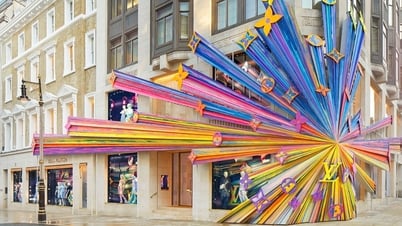



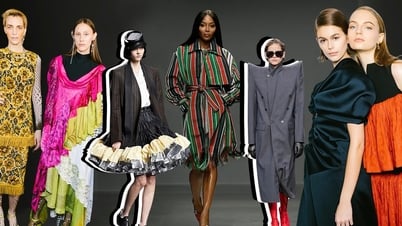






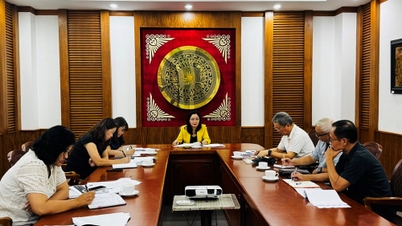
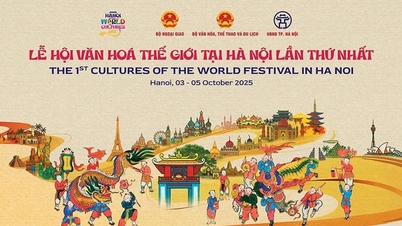




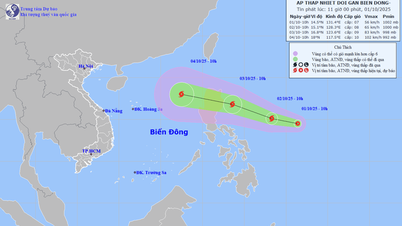

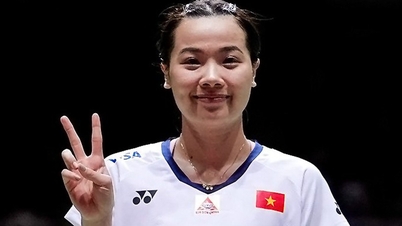

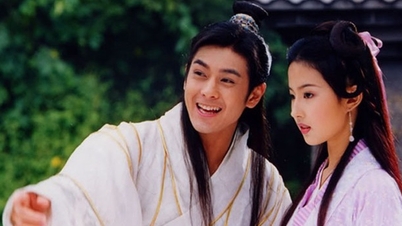
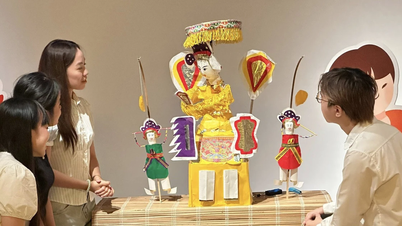
![[Photo] Panorama of the cable-stayed bridge, the final bottleneck of the Ben Luc-Long Thanh expressway](https://vphoto.vietnam.vn/thumb/1200x675/vietnam/resource/IMAGE/2025/9/30/391fdf21025541d6b2f092e49a17243f)
![[Photo] President Luong Cuong receives President of the Cuban National Assembly Esteban Lazo Hernandez](https://vphoto.vietnam.vn/thumb/1200x675/vietnam/resource/IMAGE/2025/9/30/4d38932911c24f6ea1936252bd5427fa)
![[Photo] The 1st Congress of Phu Tho Provincial Party Committee, term 2025-2030](https://vphoto.vietnam.vn/thumb/1200x675/vietnam/resource/IMAGE/2025/9/30/1507da06216649bba8a1ce6251816820)




















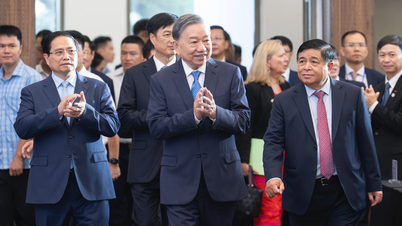
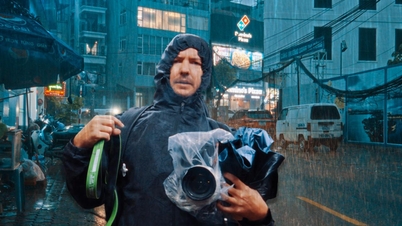












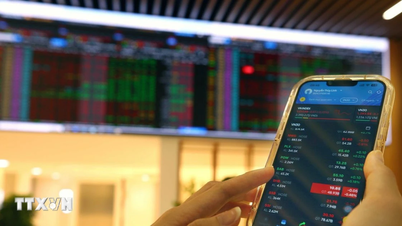






















Comment (0)